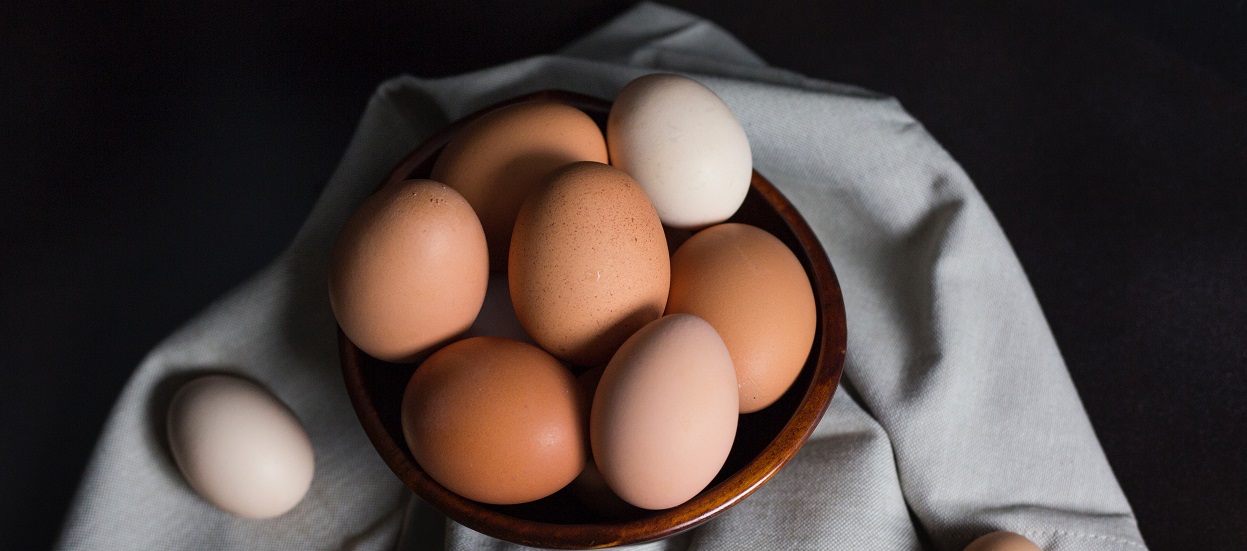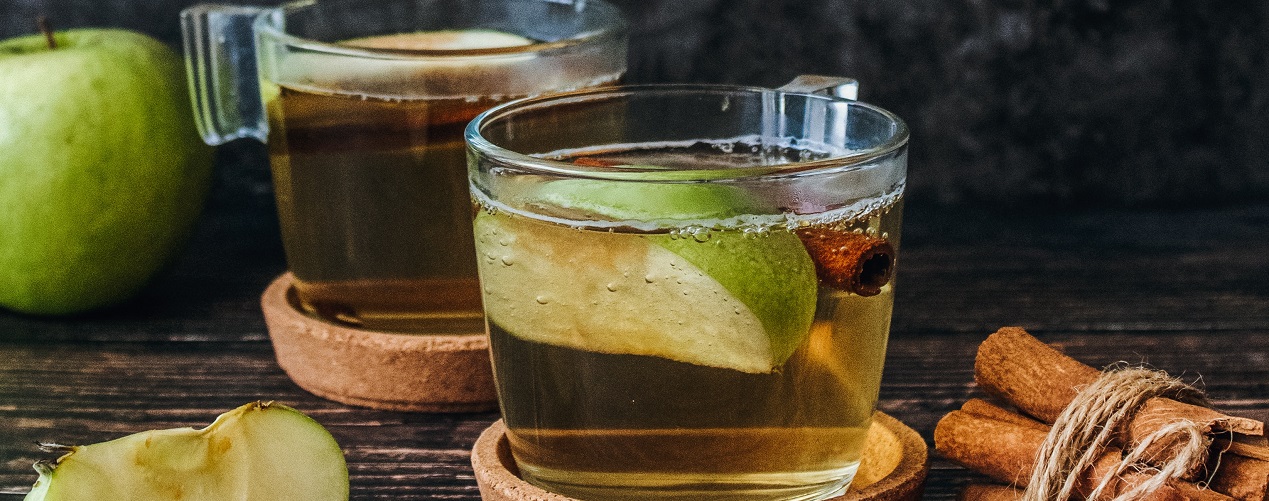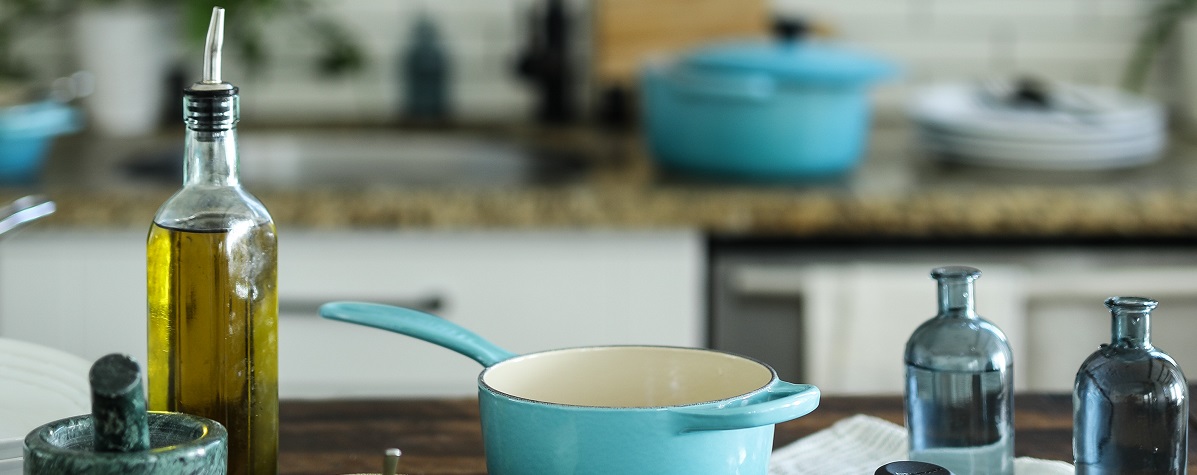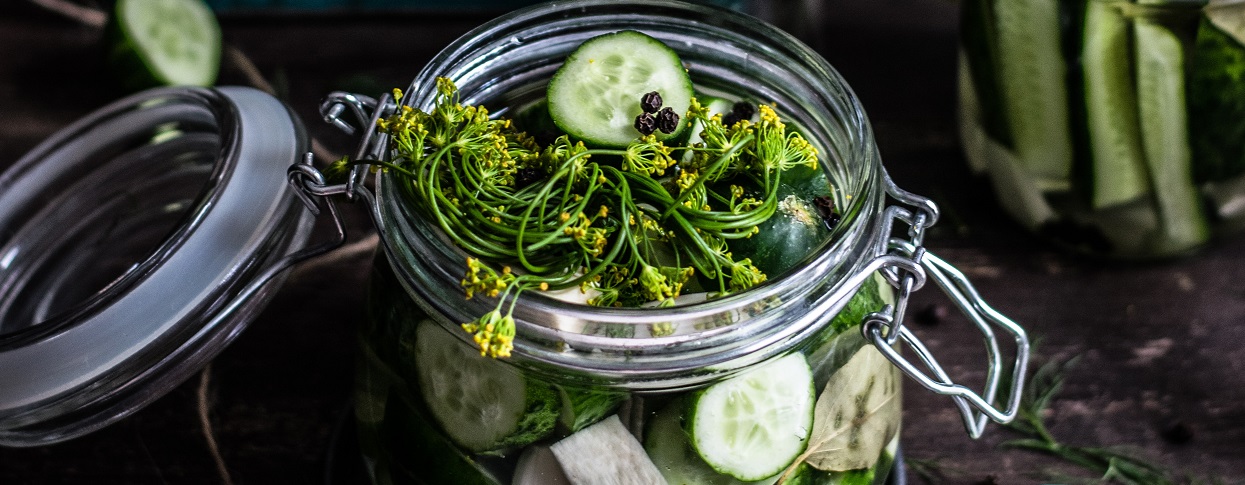If you’re like me, it seems like it was only yesterday that you were a 20-something who could eat whatever she wanted, stay up until the wee hours of the morning and take a flight of stairs like it was nothing. Today, it's considerably harder to feel energetic, fresh and ready to scale heights. As you age, staying healthy seems like it’s always just outside your grasp. The thing is, it’s actually right in front of you: You just have to take it!
Whether you want to lose 30 pounds, have more energy for your grandkids or not have to take a breather after hiking to balcony-level seats, there are plenty of small changes you can start making today to feel better. Here are two of the most important.
Get Your Beauty Rest
I can’t overstate the importance of a good night’s sleep. When you’re tucked in tight and dreaming, your body is repairing, rebuilding and rejuvenating itself from head to toe.
As an adult, you need at least seven hours of beauty sleep each night. That's beauty not just for your complexion but also for your brain. When you fall short of those 7 hours, your body and mind rebel. In addition to feeling groggy and slow, inadequate sleep can lead to a variety of health issues, no matter how fit you are. For example, the risk of both heart attack and stroke increase for adults who don’t get enough sleep.
If, despite your best intentions, falling asleep is an issue for you, there are several ways to make trundling off to dreamland easier:
Get into the routine of going to bed at roughly the same time every night. Set an alarm on your phone if you have to.
Keep screens out of your bedroom. The light given off by many electronic devices is a one-way ticket to Insomnia Town, Population: You.
Try a sleep app. It seems like every day there’s a new app designed to help you fall asleep. I’m partial to the Sleep Stories on the Calm app.
Make Eliminating Stress a Priority
As women, we’re often expected to take care of everybody else. We’re mothers, daughters, best friends and CEOs. We run companies and households. We cook. We clean. We — well, you get the drift. The majority of women are subjected to an incredible number of stressors. Meanwhile, as caretakers, we may feel guilty if we take a moment to look after ourselves.
That line of thinking needs to stop. Over time, constant stress can lead to an array of health problems, including depression, ulcers, stroke, high blood pressure, heart disease, IBS and migraines. It also increases your likelihood of obesity.
If reading the above paragraph stressed you out, don’t worry. Small changes can yield big, healthy results. Making as little as 10-15 minutes per day to relax and have fun can put a huge dent in your stress levels. Those 10 minutes don’t have to be spent in silent meditation, either. For me, taking a break often entails one or more of the following:
Reading a magazine (the more celebrity gossip, the better)
Going for a walk
Watching an episode of “comfort food” TV
Listening to music
A hot bath, heavy on the rosemary oil
A glass of wine, preferably red
Playing a quick game or two on my iPad
If nothing else, check in with yourself often and take a few deep breaths. Self-care should be a priority in your life, not an indulgence.
Getting plenty of sleep and taking time each day to de-stress are just two of many small modifications you can make to improve your overall health. Even better, they’re two changes you can make today.










